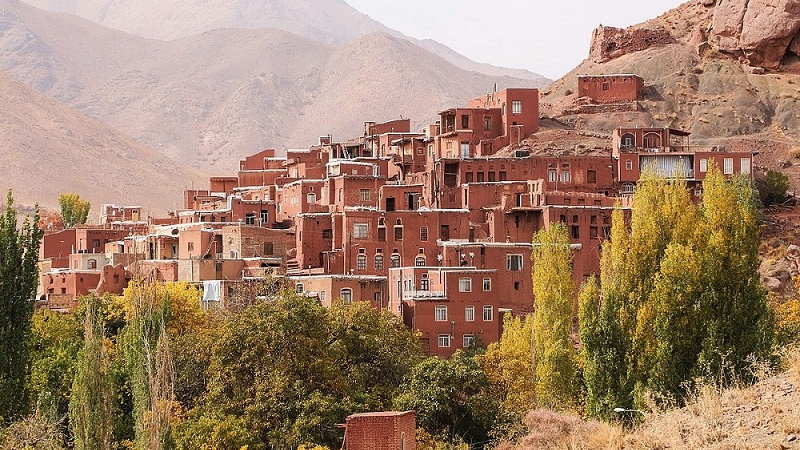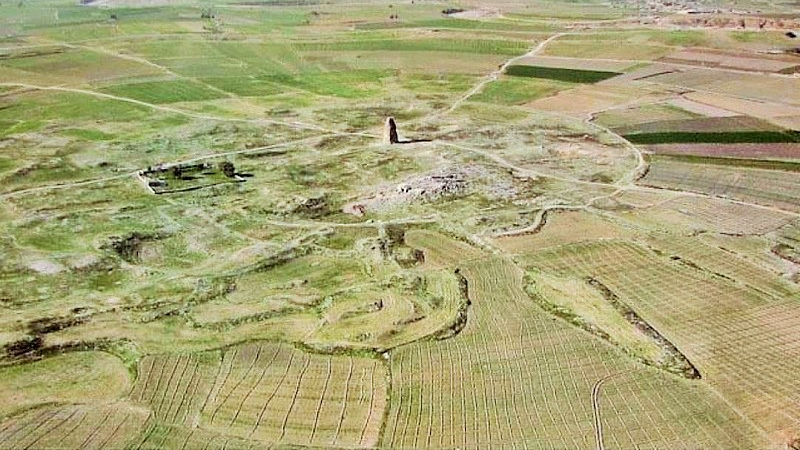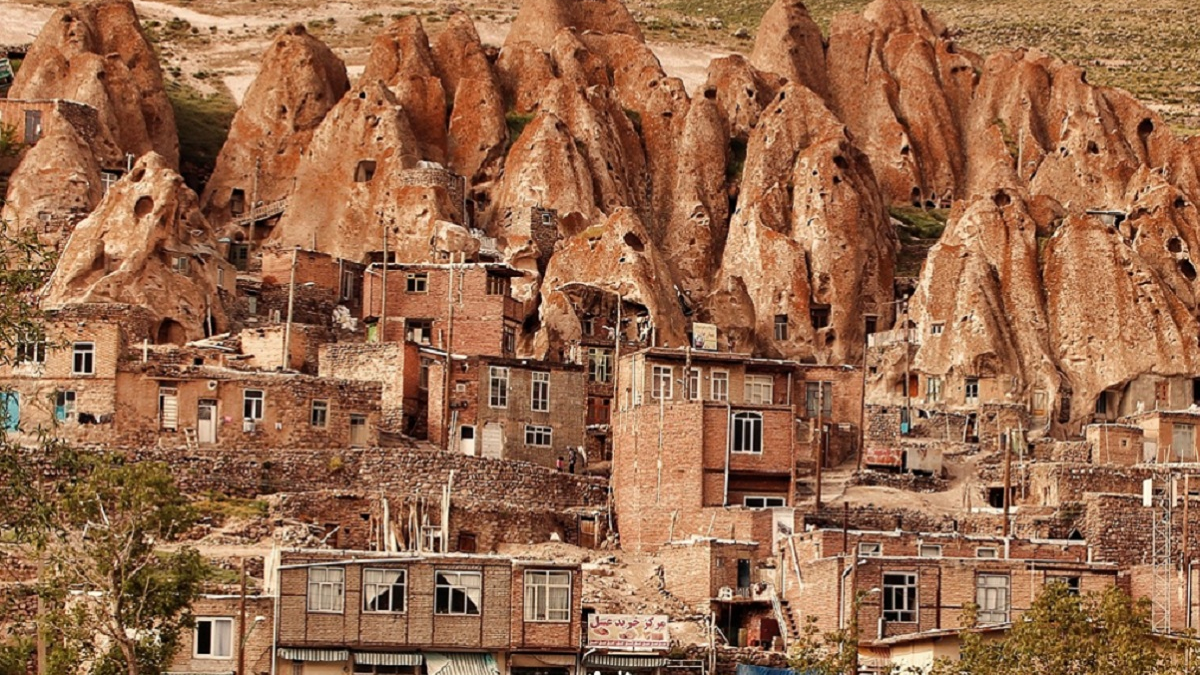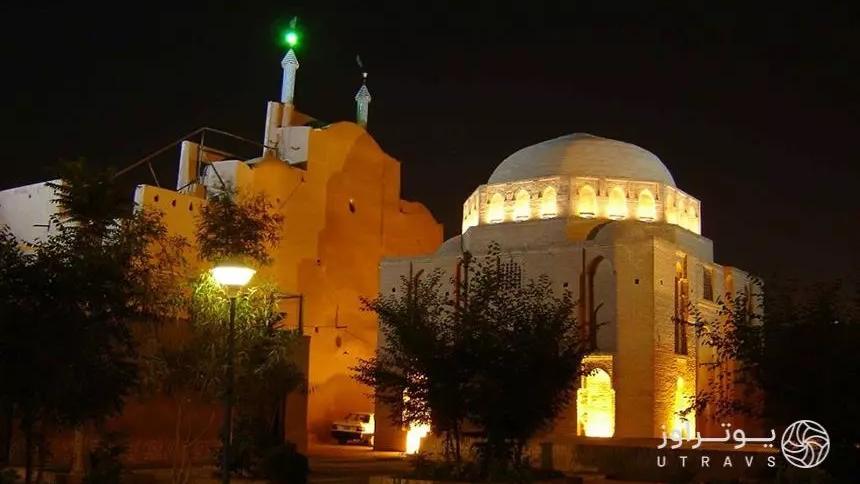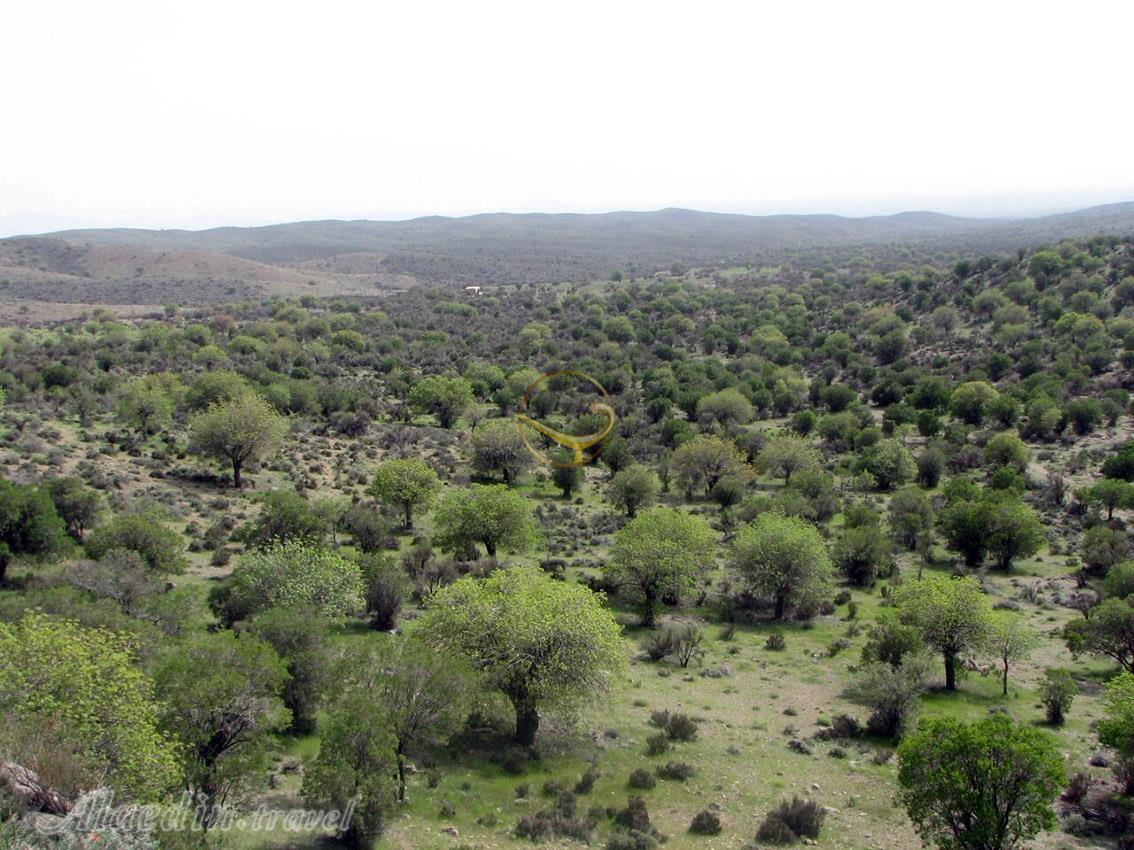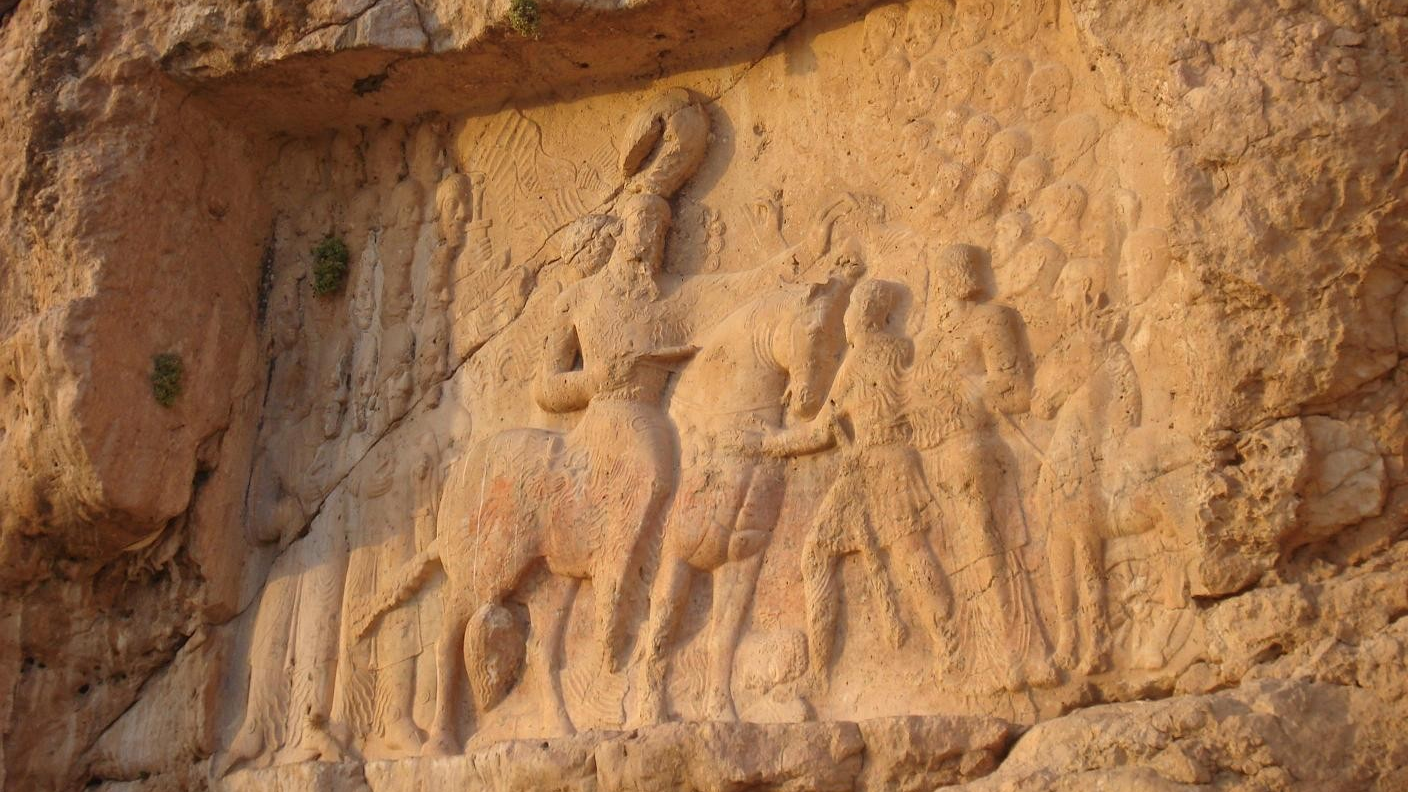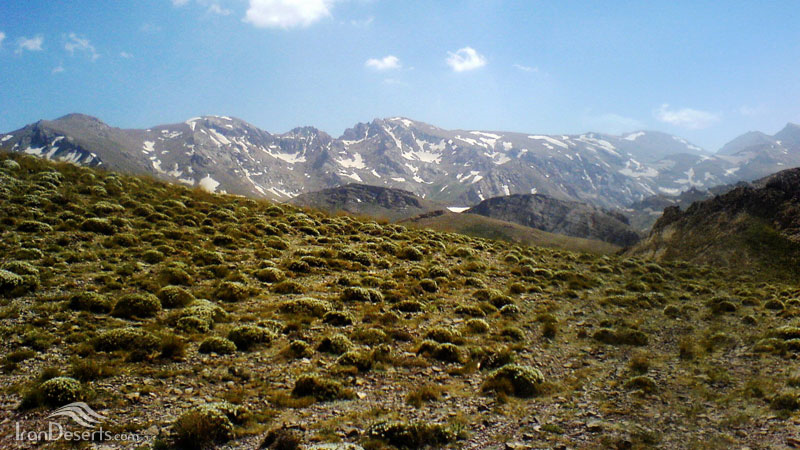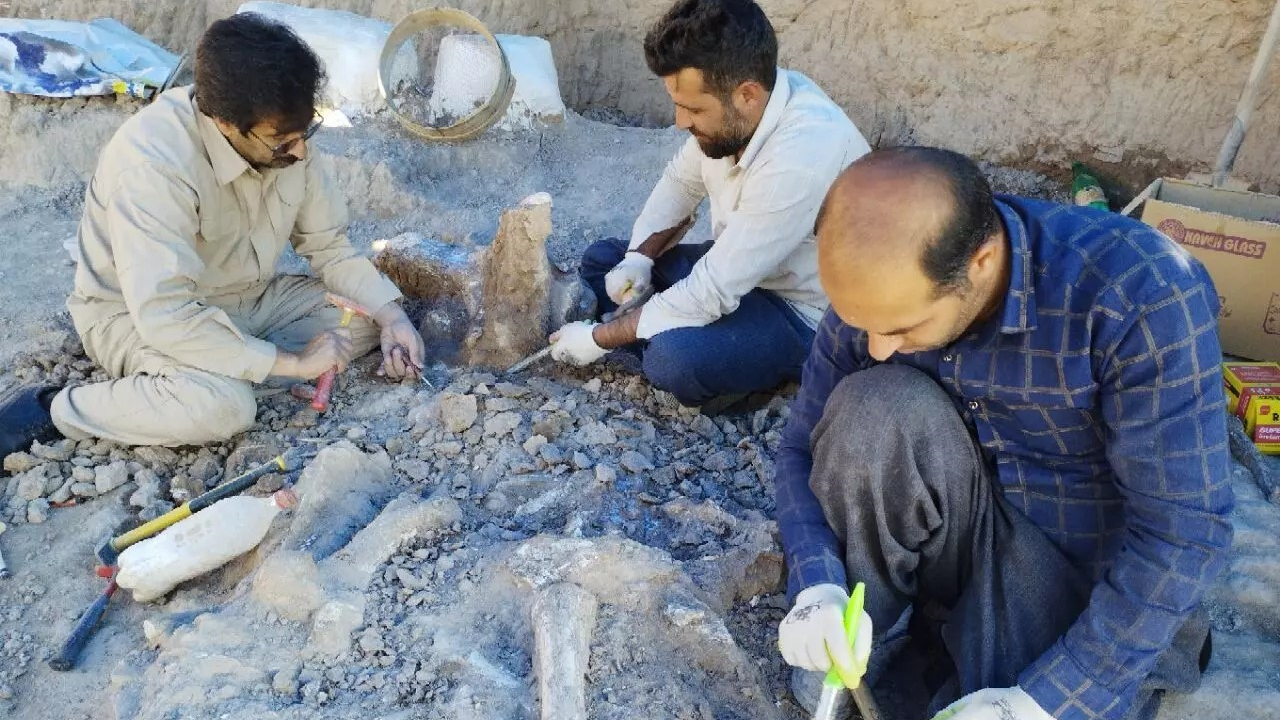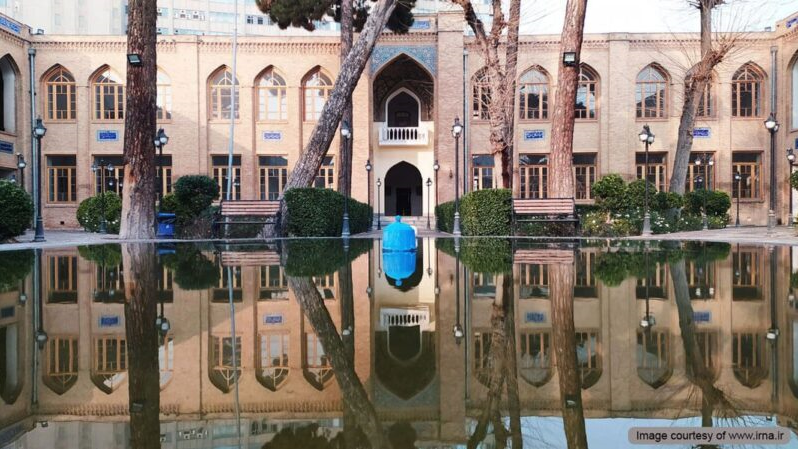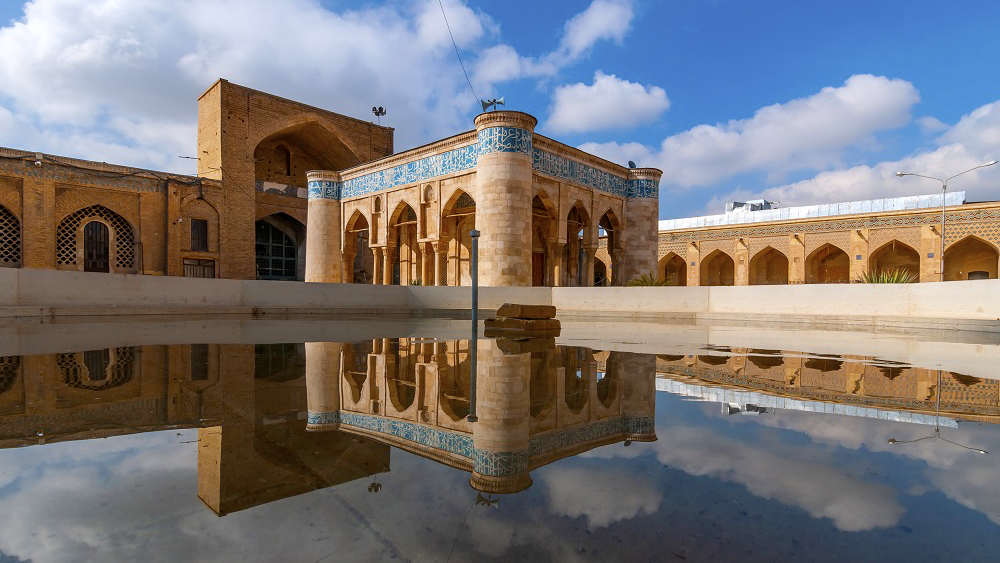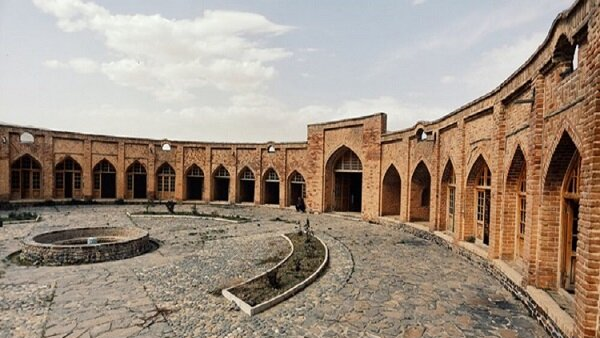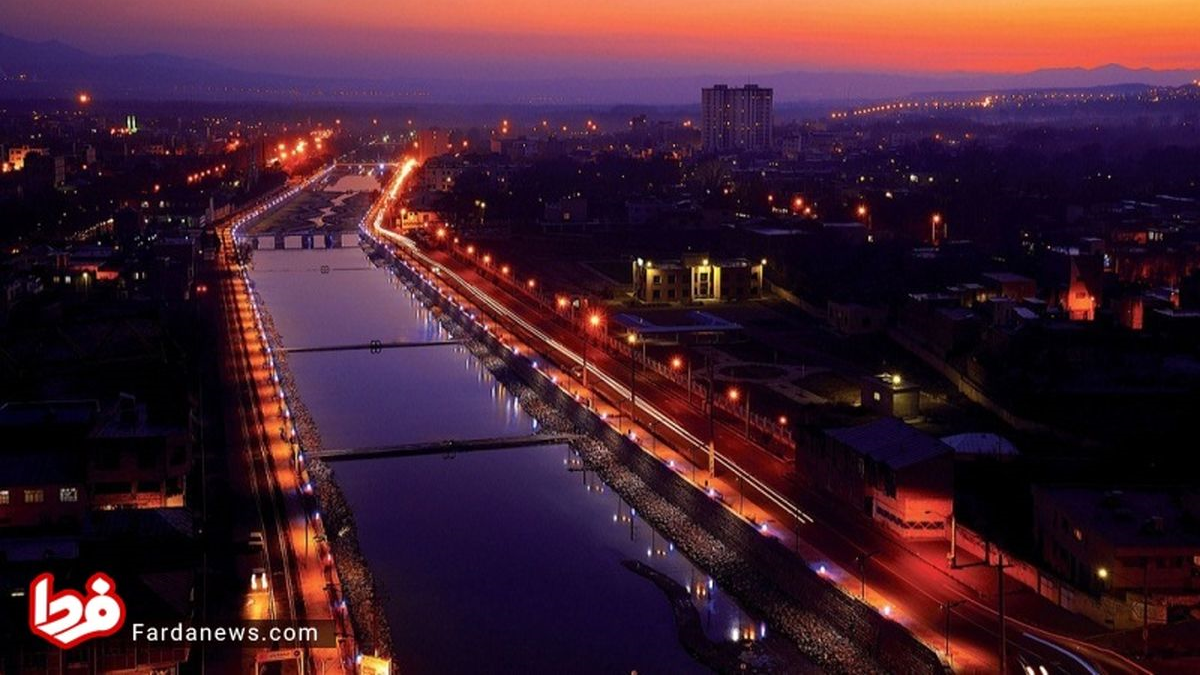
Boravat Twin Qanats: The Leading Qanats of the Bam Region
In qanat construction, three main elements are essential: the slope of the land, the water yield, and the type of soil. Each of these factors alone requires specialized knowledge, which, hundreds of years ago, reflected the advanced scientific understanding of the Iranian people. The technique of qanat excavation is found throughout the hot and arid regions of Iran, so much so that some experts estimate the number of qanats in the country to exceed 30,000. Given this vast distribution, the knowledge of qanat construction and related sciences can be considered extensive, highlighting the high level of expertise in ancient Iranian architecture. Studying any of Iran’s qanats confirms this fact… The Akbarabad and Ghasemabad qanats, also known as the “Twin Qanats of Boravat,” are exemplary cases of Iranian qanats, where the mastery and skill of the qanat architects are clearly evident.
Geography and Formation of the Boravat Twin Qanats
The city of Bam, famous for the Arg-e Bam (the largest adobe citadel in the world), is located in the Bam Plain, a desert oasis with an average annual rainfall of 60 mm. In this region, there is no permanent surface water flow; instead, seasonal runoff forms during the rainy periods, leaving visible traces across the plain. The arid climate led the inhabitants to employ the qanat system for water supply, resulting in the construction of hundreds of qanats. The Boravat Twin Qanats are also located in Bam County, Kerman Province, about 2 km east of Bam city and 199 km southeast of Kerman.
Two mountain ranges in the north and south surround this region, and the groundwater aquifers are primarily fed by the Jebal Barz Mountains in the south of Bam County. The northern mountains act as a natural barrier for the aquifers, preventing water from escaping the area. As a result, the groundwater is divided among four major faults in the region. These faults serve as the main sources of water for the qanats, and since ancient times, the local people, aware of this, have constructed numerous qanats. Some experts consider the Bam geological basin to be the densest qanat-rich area in Iran.
Boravat Twin Qanats: Structure, Capacity, and Heritage
Among the 375 qanat channels in the region, 118 are located in the Bam–Boravat area. The qanat network flows from west to east along a floodplain. Many of these qanats, including the Boravat Twin Qanats, continue to supply water today, sustaining a heritage that has been irrigated by qanats for over two thousand years. The flow rate of the Akbarabad and Qasemabad qanats is approximately 8 liters per second and 139 liters per second, respectively, making them among the most water-rich qanats in the region. The Akbarabad Qanat is 1,100 meters long and contains 35 vertical wells along its path. Its mother well (main well) is 7 meters deep, and the distance to the outlet (where water emerges from the underground channel) is 200 meters. This qanat irrigates about 16 hectares of downstream farmland. The mother well of the Qasemabad Qanat is 44 meters deep, with the outlet located 300 meters away. Water from Qasemabad Qanat irrigates approximately 100 hectares of agricultural land and gardens. Despite the presence of multiple faults in the area and the occurrence of severe earthquakes, such as the 2003 Bam earthquake, the structure of these qanats remains intact and functional. The age of the Boravat Twin Qanats is estimated between 2,000 and 2,500 years, reflecting the advanced engineering skills of ancient Iranian communities in arid region water management.
UNESCO World Heritage Registration of the Boravat Twin Qanats
In 2016 (1395 Iranian calendar), 11 Iranian qanats with various technologies and ages ranging from 200 to 2,500 years were inscribed on the UNESCO World Heritage List. Among them were the Akbarabad and Qasemabad Qanats. The unique twin structure of these qanats was one of the key factors that convinced experts to recognize them as a World Heritage site. The Akbarabad Qanat had already been registered as a national heritage site in 2014 (1393 Iranian calendar).
| Name | Boravat Twin Qanats: The Leading Qanats of the Bam Region |
| Country | Iran |
| State | Kerman |
| City | bam |
| Type | Historical |
| Registration | Unesco |
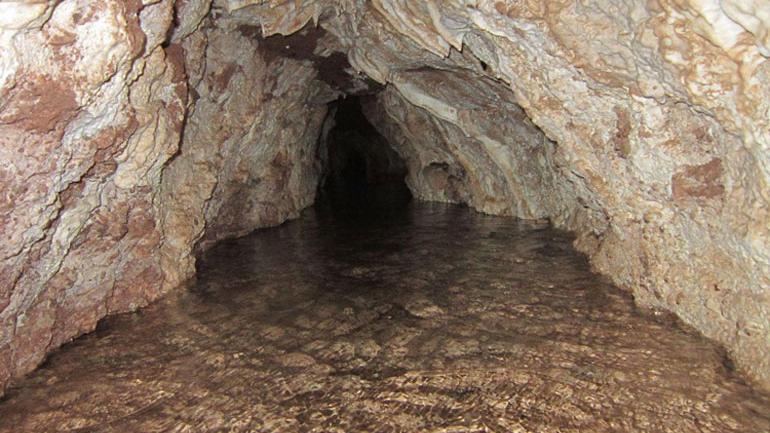
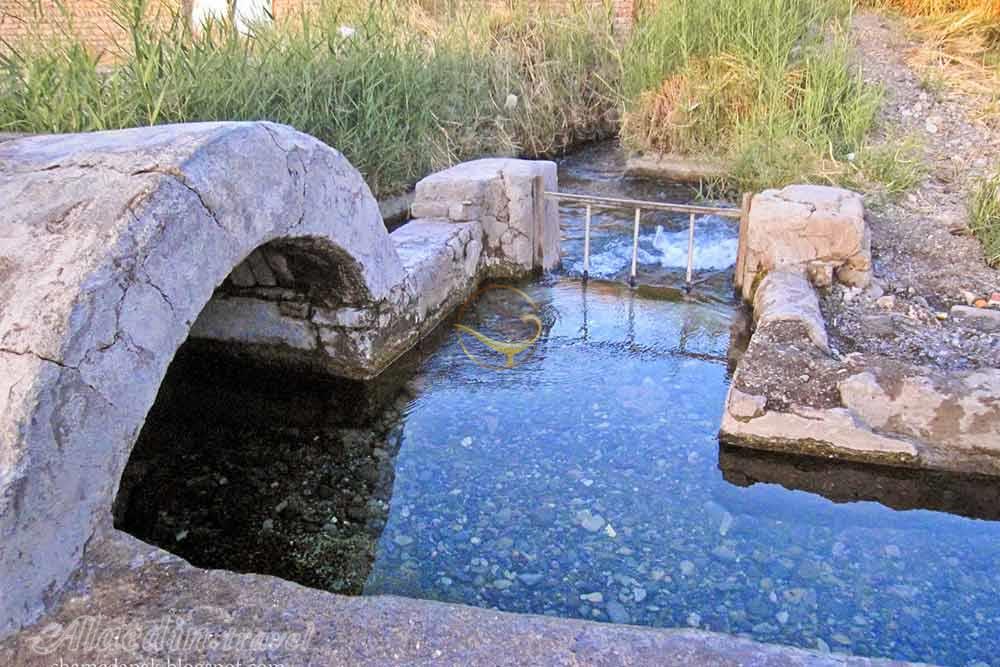


Choose blindless
Red blindless Green blindless Blue blindless Red hard to see Green hard to see Blue hard to see Monochrome Special MonochromeFont size change:
Change word spacing:
Change line height:
Change mouse type:
 در جنوب میدان نقش جهان واقع است_crop_1.jpg)
